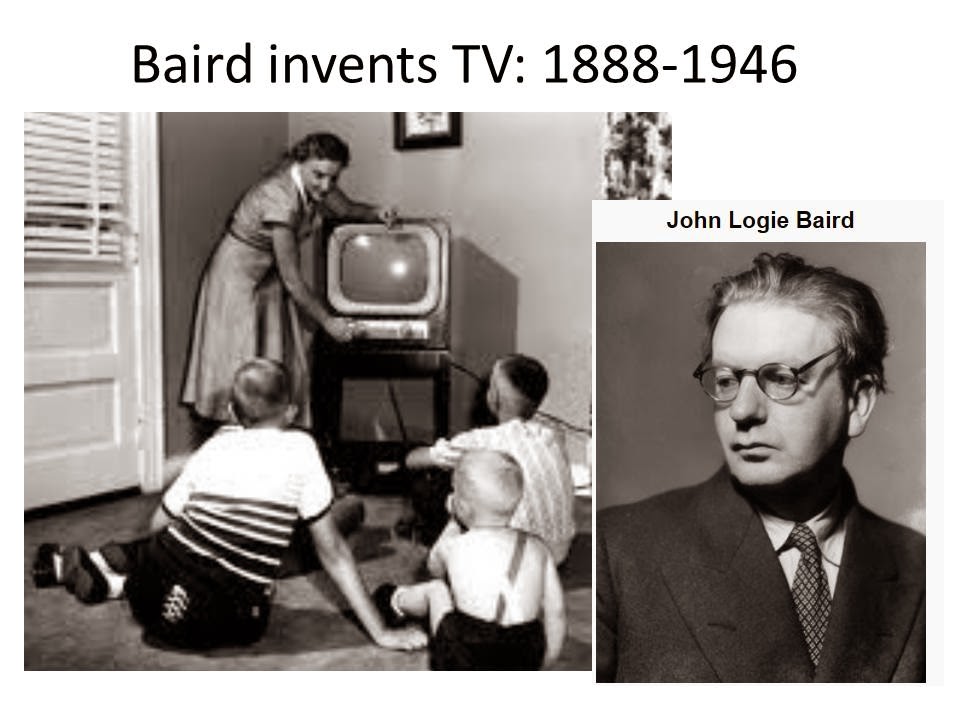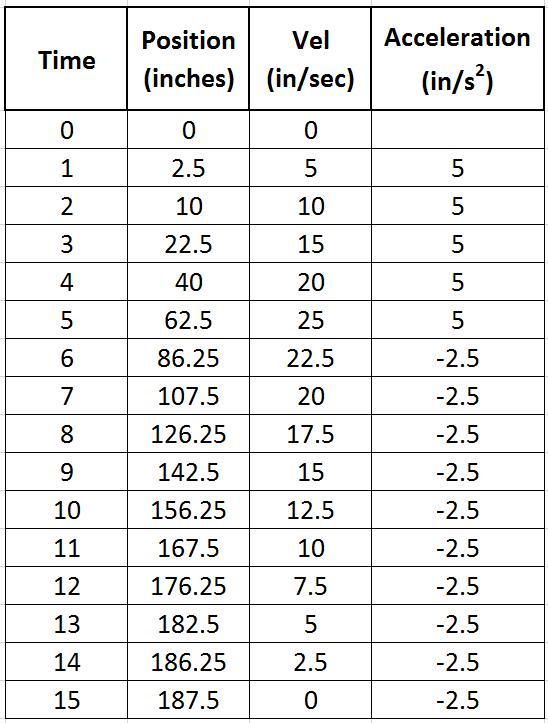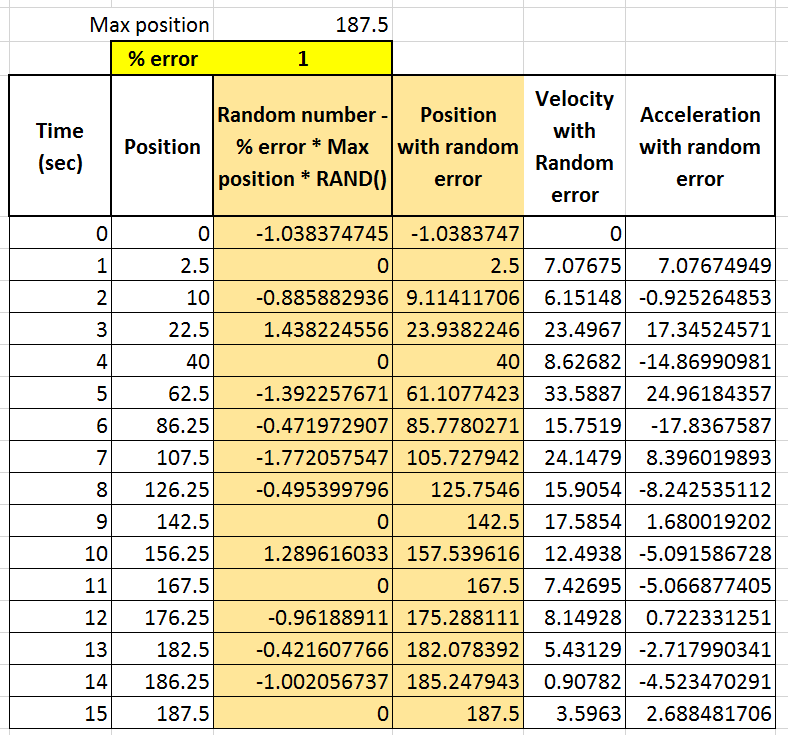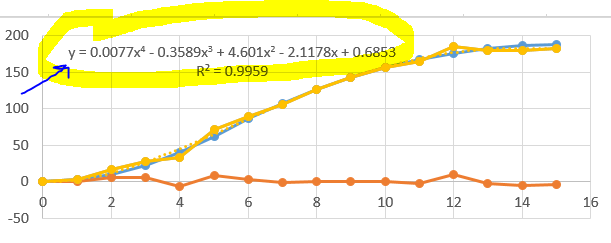Leonardo da Vinci's resume: (written when he was 30)
Most Illustrious Lord, Having now sufficiently considered the specimens of all those who proclaim themselves skilled contrivers of instruments of war, and that the invention and operation of the said instruments are nothing different from those in common use: I shall endeavor, without prejudice to any one else, to explain myself to your Excellency, showing your Lordship my secret, and then offering them to your best pleasure and approbation to work with effect at opportune moments on all those things which, in part, shall be briefly noted below.
1. I have a sort of extremely light and strong bridges, adapted to be most easily carried, and with them you may pursue, and at any time flee from the enemy; and others, secure and indestructible by fire and battle, easy and convenient to lift and place. Also methods of burning and destroying those of the enemy.
2. I know how, when a place is besieged, to take the water out of the trenches, and make endless variety of bridges, and covered ways and ladders, and other machines pertaining to such expeditions.
3. If, by reason of the height of the banks, or the strength of the place and its position, it is impossible, when besieging a place, to avail oneself of the plan of bombardment, I have methods for destroying every rock or other fortress, even if it were founded on a rock, etc.
4. Again, I have kinds of mortars; most convenient and easy to carry; and with these I can fling small stones almost resembling a storm; and with the smoke of these cause great terror to the enemy, to his great detriment and confusion.
5. And if the fight should be at sea I have kinds of many machines most efficient for offense and defense; and vessels which will resist the attack of the largest guns and powder and fumes.
6. I have means by secret and tortuous mines and ways, made without noise, to reach a designated spot, even if it were needed to pass under a trench or a river.
7. I will make covered chariots, safe and unattackable, which, entering among the enemy with their artillery, there is no body of men so great but they would break them. And behind these, infantry could follow quite unhurt and without any hindrance.
8. In case of need I will make big guns, mortars, and light ordnance of fine and useful forms, out of the common type.
9. Where the operation of bombardment might fail, I would contrive catapults, mangonels, trabocchi, and other machines of marvellous efficacy and not in common use. And in short, according to the variety of cases, I can contrive various and endless means of offense and defense.
10. In times of peace I believe I can give perfect satisfaction and to the equal of any other in architecture and the composition of buildings public and private; and in guiding water from one place to another.
11. I can carry out sculpture in marble, bronze, or clay, and also I can do in painting whatever may be done, as well as any other, be he who he may.
Again, the bronze horse may be taken in hand, which is to be to the immortal glory and eternal honor of the prince your father of happy memory, and of the illustrious house of Sforza.
And if any of the above-named things seem to anyone to be impossible or not feasible, I am most ready to make the experiment in your park, or in whatever place may please your Excellency - to whom I comment myself with the utmost humility, etc.
Discussion:
What makes a good resume?
Leonardo's resume was not a laundry list of accomplishments, not a standard bio ..
It was a confident marketing sales-pitch with products his employer would surely want to buy.
Other lessons from Leonardo:
Be creative, Nothing is impossible
Write, write, write - keep a record of everything you do (we still have over 5,000 pages of his notes where he detailed all manner of crazy unrealistic inventions)
Observe and learn from the world around you (Leonardo could not read Latin, so could not read the scientific publications of his day - everything he did was from his own observations)
Gutenberg - Printing Press
Chinese had already invented a type of printing press, but it was being used to make playing cards and other frivolous items. Gutenburg recognized the greater potential of bringing educational information to the commoner.
Moral - take what all the other billions of people have done, and make it better.
Lessons from Fibonacci -
Travel the world, learn from other cultures and people.
Lessons from Kepler -
Poor sickly child to great scientific mind: weakness → strength
Galileo - wrote some of his best work while under house arrest.
Moral - be daring enough to stand against popular thought.
Newton:
Spend time outside sitting under the apple trees, learn from nature.
Watt - efficiency, efficiency, efficiency!
Gottfried:
Archaic equipment can make incredible things.
Wright Brothers
Orville (August 19, 1871 – January 30, 1948) and
Wilbur (April 16, 1867 – May 30, 1912)
Others working on flying concentrated on making more powerful engines
The wright brothers focused on steering (3-axis control), efficiency, and equilibrium.
Used a wind-tunnel to collect meticulous data
Concerned with efficiency
Worked for years on bicycles, motors, and other machinery.
Morals -
Take good experimental data
Not more of the same thing (power) - delicate refinement
Practice makes perfect
Value of hands-on experience
Teamwork!
Bell:
Mother and wife were deaf. We can all talk to one another because Bell was trying to help deaf people hear.
Moral - the best innovations come through trying to help those who need it.
Baird:
Baird built what was to become the world's first working television set using items including an old hatbox and a pair of scissors, some darning needles, a few bicycle light lenses, a used tea chest, and sealing wax and glue.
Baird visited the Daily Express newspaper to promote his invention. The news editor was terrified and he was quoted by one of his staff as saying: "For God's sake, go down to reception and get rid of a lunatic who's down there. He says he's got a machine for seeing by wireless! Watch him — he may have a razor on him!"
Moral:
Find new uses for things - recycle trash, and don't listen to people who think you are crazy.

























































